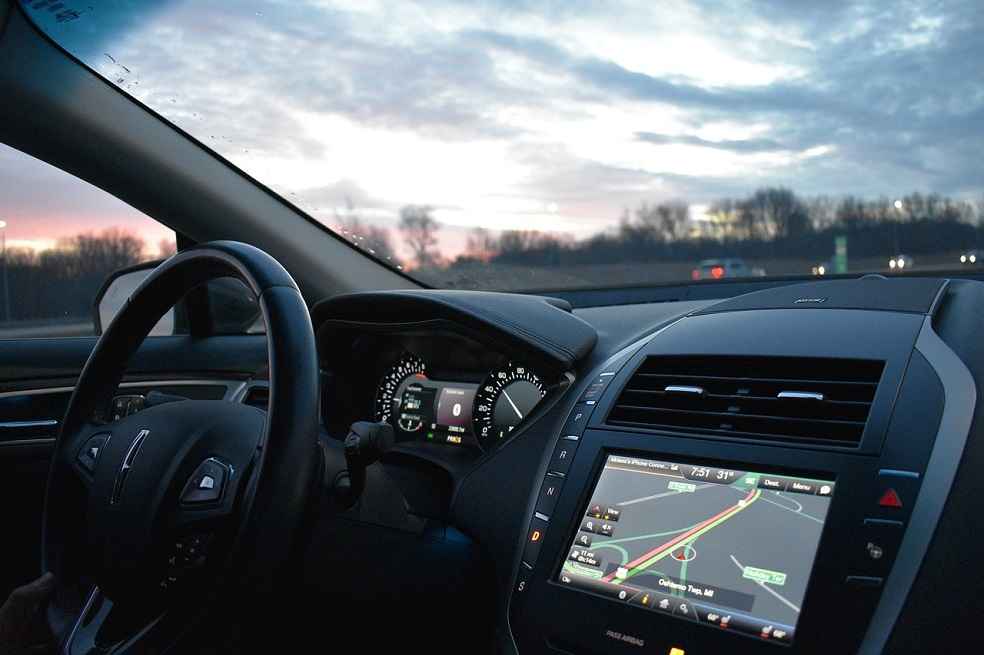Amidst the disruptions caused by the global semiconductor shortage and supply chain challenges, 2023 is set to be a year of considerable evolution for the auto industry. The sector is poised to overcome obstacles and press forward with accelerated advancements in semi-autonomous features, the improvement of electric vehicle quality, and a massive shift in in-cabin experiences.
While autonomous driving and electric vehicles (EVs) continue to be the talk of the industry, the most significant change predicted for this year lies within the car’s interior. As consumers become increasingly accustomed to the smart-device experience in their homes and on mobile phones, a similar demand is growing for the same interactivity and customization within their vehicles. This evolution, often referred to as the “smartphone-ization of the car”, is becoming mainstream, with larger interactive displays and personalized cabin features becoming standard offerings.

Synopsys, a global leader in electronic design automation, anticipates this evolution of semiconductor-enabled technology in the automotive sector. Despite supply chain challenges and economic concerns, the company is confident that the demand for advanced semiconductor technology will continue to grow as automobiles become more integrated with advanced electronics.
The year will also see a surge in semi-autonomous features. The dream of Level 5 autonomy remains a focus for the industry, but the real innovation lies in Advanced Driver-Assistance Systems (ADAS). Improved sensing technology, increased adoption of artificial intelligence, and enhanced computational power are expected to elevate the predictive and analytic capabilities of vehicles, thereby improving the driver’s ability to respond to changing scenarios.

In the realm of electric vehicles, the focus is gradually shifting from the primary metrics of range and battery performance to the overall quality and reliability of the vehicle. As EVs continue to mature, we expect a greater emphasis on addressing software quality and basic performance, especially as EVs break the 500-mile range challenge. This will likely alleviate range anxiety and allow consumers to focus more on quality, reliability, and in-car features.
Lastly, the emergence of on-demand subscription services for in-car features is predicted to expand in 2023. This will be managed by over-the-air software updates, adding a new layer of customization and convenience for drivers. These changes pose new challenges and opportunities for original equipment manufacturers (OEMs) as they manage and oversee their software development practices.

In summary, while the automotive industry faces a nerve-racking period, it is simultaneously an exciting time as the sector is set to experience unprecedented transformation in the way people move and interact with their vehicles. This turning point is expected to fuel innovation and competitiveness among automakers, ensuring a fascinating journey ahead in 2023.
TRENDING: Citroen’s Doorless Ami Buggy II: The Affordable Beach-Ready EV





